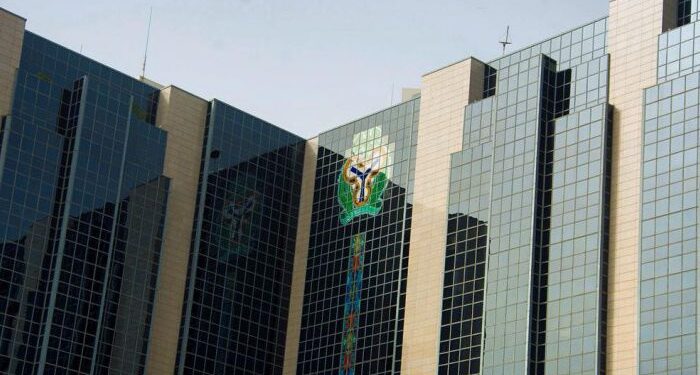Nigerian Banks Grapple with High Restricted Deposits Amidst Tight Monetary Policy
Seven prominent Nigerian banks reported a substantial increase in restricted deposits held by the Central Bank of Nigeria (CBN) as of March 31, 2025, totaling N18.82 trillion, a notable rise from N17.54 trillion in December 2024. These restricted funds, encompassing mandatory reserves, special cash reserves, and differentiated cash reserve schemes, are essentially inaccessible for the banks’ daily operations, serving as tools for the CBN to manage money supply, curb inflation, and maintain monetary stability. The Cash Reserve Ratio (CRR), a key component of this framework, dictates the percentage of a bank’s total deposits that must be held with the CBN, effectively limiting lending and investment activities. This surge in restricted deposits underscores the CBN’s ongoing efforts to combat persistent inflationary pressures within the Nigerian economy.
Access Holdings led the pack with N8.64 trillion in restricted deposits, a significant increase from N7.06 trillion in December 2024. Included in this figure are restricted deposits associated with an Afreximbank loan facility. Other banks also experienced fluctuations in their restricted deposits. United Bank for Africa saw a decline to N3.46 trillion, while Guaranty Trust Holding Company experienced an increase to N2.17 trillion. Fidelity Bank, Stanbic IBTC, and Wema Bank all recorded modest increases in their restricted deposits, attributed to mandatory reserves, special cash reserves, and schemes aimed at stimulating real-sector financing. Conversely, FCMB Group witnessed a decline in its restricted deposits. These varying figures reflect the diverse financial landscapes of each bank and their respective responses to regulatory requirements.
The CBN’s monetary policy stance, characterized by maintaining the Monetary Policy Rate (MPR) at 27.50% for the second consecutive time in 2025, further contributes to the tight liquidity conditions. This decision, according to CBN Governor Olayemi Cardoso, aims to allow for a more comprehensive assessment of short-term economic trends. Alongside the MPR, the CBN also maintained other key policy parameters, including the asymmetric corridor, CRR for deposit money banks and merchant banks, and the liquidity ratio. These measures, while aimed at curbing inflation, have sparked debate about their impact on the financial sector and the broader economy.
While headline inflation showed a marginal decrease to 23.71% in April 2025 from 24.23% in March 2025, the high CRR remains a contentious issue. Experts like Muda Yusuf, CEO of the Centre for the Promotion of Private Enterprise, argue that the high CRR negatively impacts banks’ core function of financial intermediation by constraining their lending capacity and hindering their ability to channel funds to the deficit segments of the economy. The combined effect of the CRR and liquidity ratio, reaching a total of 80%, creates tight conditions for investors and hampers investment and growth. Yusuf advocates for a shift in focus towards fiscal intervention and supply-side measures to address inflation more effectively.
Conversely, Bismarck Rewane, CEO of Financial Derivatives Company Limited, offers a different perspective, supporting the CBN’s rationale for maintaining a high CRR. Rewane argues that the CBN’s approach is justified given the strong correlation between excess liquidity and inflation. He believes the high CRR is a necessary measure to combat persistent inflationary pressures and anticipates that the CBN will reduce the CRR as inflation eases. This divergence in expert opinions highlights the complex interplay between monetary policy, inflation, and economic growth within the Nigerian context.
The prevailing high CRR in Nigeria presents a double-edged sword. On one hand, it serves as a crucial tool for the CBN to manage inflation and maintain monetary stability. By restricting the amount of funds available to banks for lending, the CBN aims to curb excessive liquidity that can fuel inflationary pressures. On the other hand, the high CRR limits the ability of banks to perform their core function of financial intermediation, potentially hindering economic growth by constraining lending and investment. This delicate balancing act requires careful monitoring and adjustments to ensure that monetary policy effectively addresses inflation without unduly stifling economic activity. The ongoing debate among experts underscores the need for a nuanced approach to monetary policy that considers the specific economic realities and challenges facing Nigeria.














